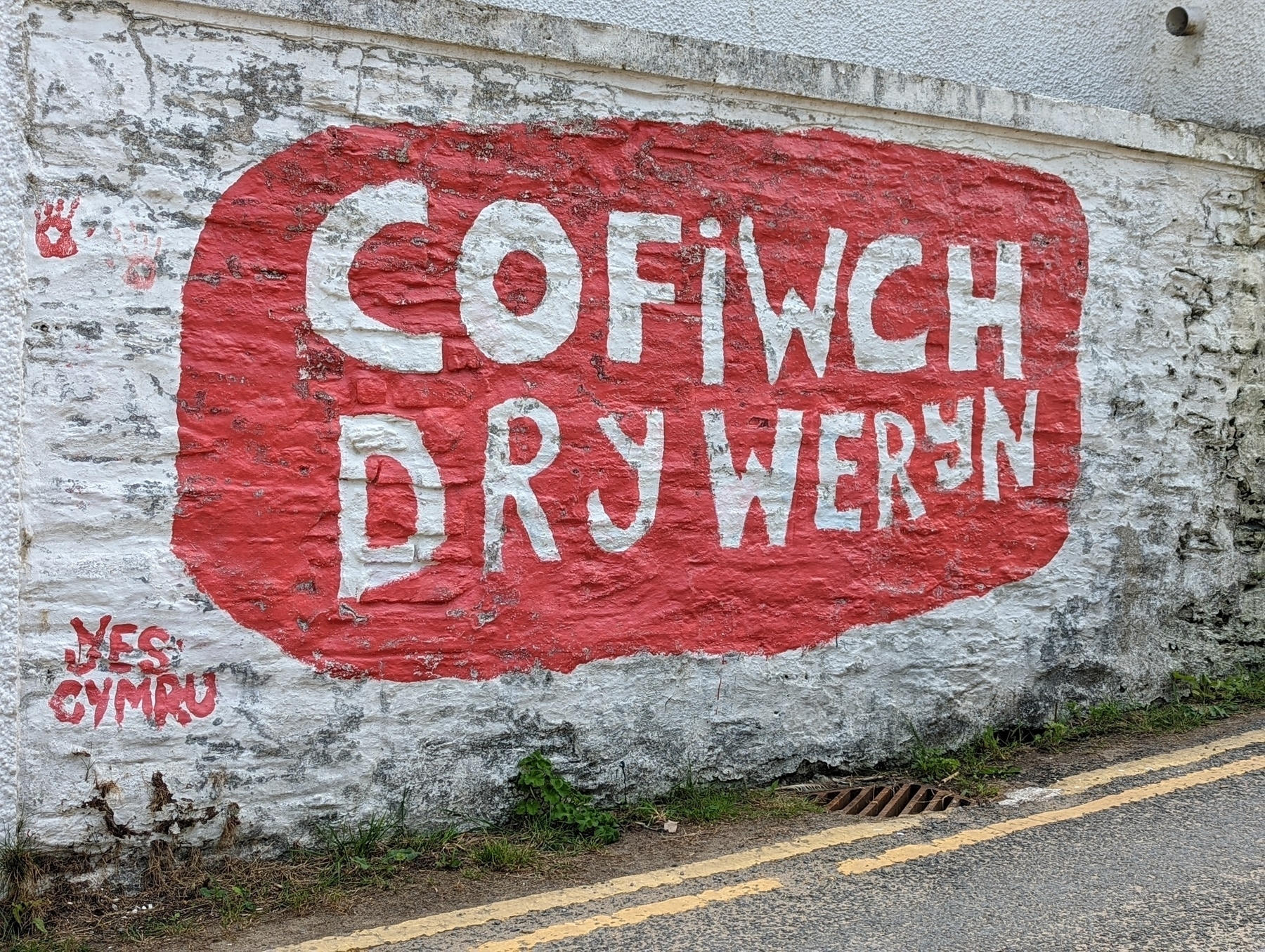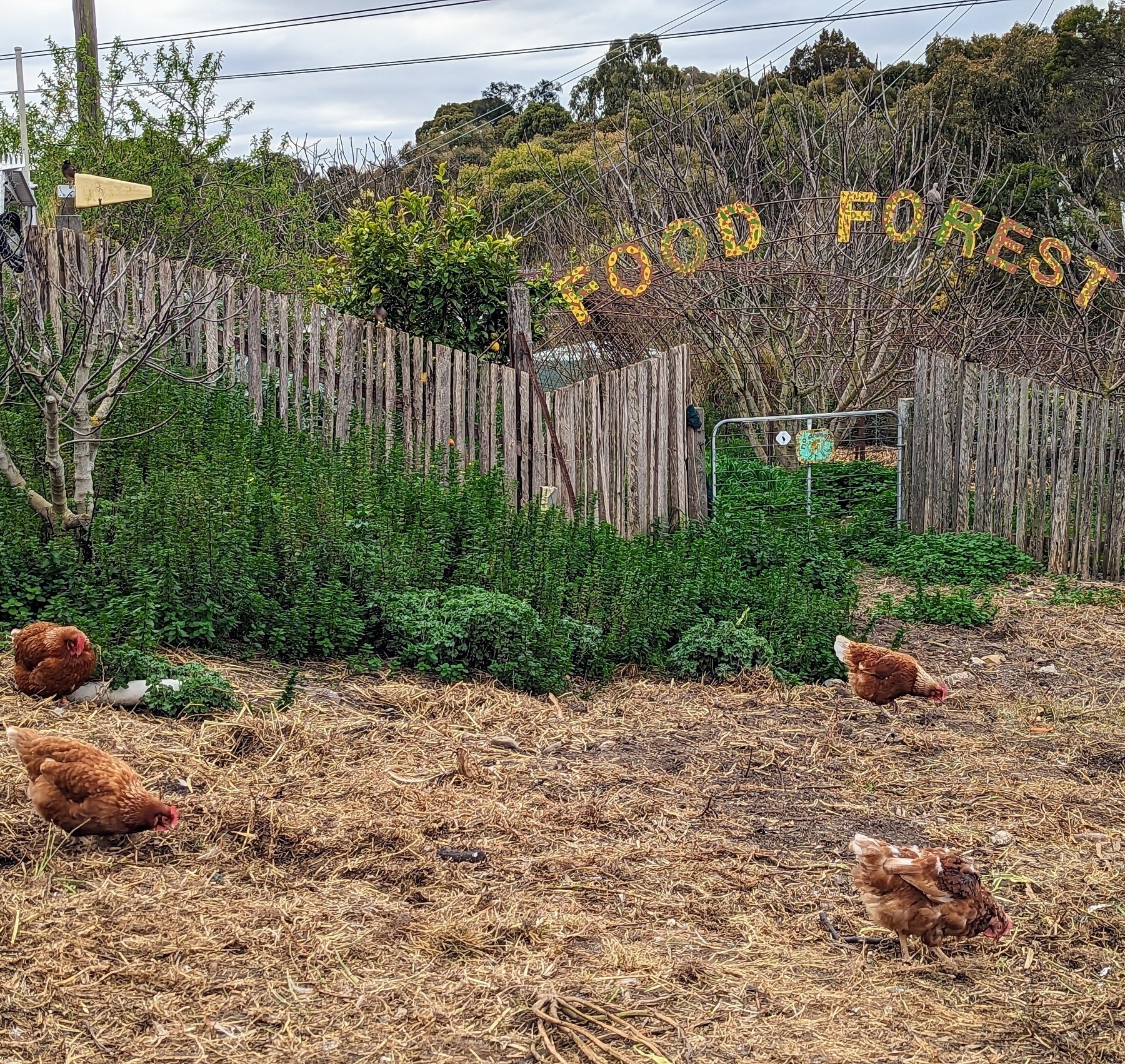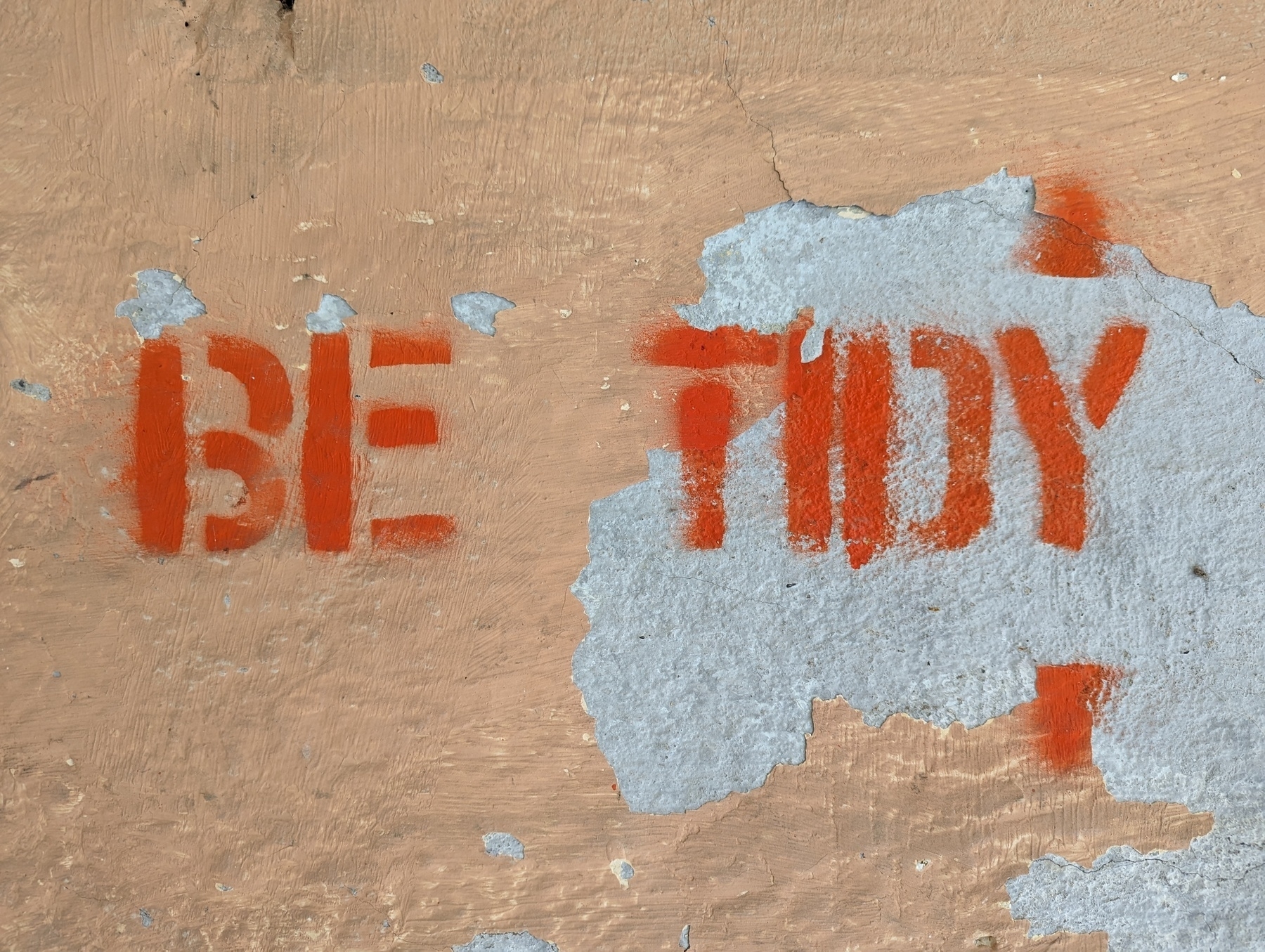2023
- global education
- effective language learning
- multilingualism
- equal treatment regardless of language - language rights
- language diversity; and
- human emancipation
- N - what larger pattern does this concept belong to?
- S - what more basic components is this concept made of?
- E - what is this concept similar to?
- W - what is this concept different from?
-
you’ll write worthwhile notes that address your own questions and
-
this hook of curiosity will help you remember as you learn.
-
What does the medium enhance?
-
What does the medium make obsolete?
-
What does the medium retrieve that had been obsolesced earlier?
-
What does the medium reverse or flip into when pushed to extremes?
A note on the craft of note-writing
An fairly new article from Brazil caught my eye, on note-writing as an intellectual craft. It highlights the German sociologist Niklas Luhmann’s note-making process (he put his many linked notes in a Zettelkasten - an index box).
Cruz, Robson Nascimento da Cruz, and Junio Rezende. “Note-writing as an intellectual craft: Niklas Luhmann and academic writing as a process.” Pro-Posições 34 (2023).
<doi.org/10.1590/1…>
https://www.scielo.br/j/pp/a/L7gmq6W7bvzgn984hSJ94
Abstract: "Despite numerous indications that academic writing is a means toward intellectual discovery and not just a representation of thought, in Brazil, it is seen more as a product of studies and subjects than an integral part of university education. This article presents note-taking, an apparently simple and supposedly archaic activity, as a way through which academic writing is eminently oriented towards constructing an authorial thought. To this end, we discuss recent findings in the historiography of writing that show note-taking as an essential practice in the development of modern intellectuality. We also present an emblematic case, in the 20th century, of the fruitful use of a note-taking system created by German sociologist Niklas Luhmann. Finally, we point out that the value of note-taking goes beyond mere historical curiosity, constituting an additional tool for a daily life in which satisfaction and a sense of intellectual development are at the center of academic life."
📷 Day 8 | yonder #mbsept
A sign in the Art Gallery of South Australia.
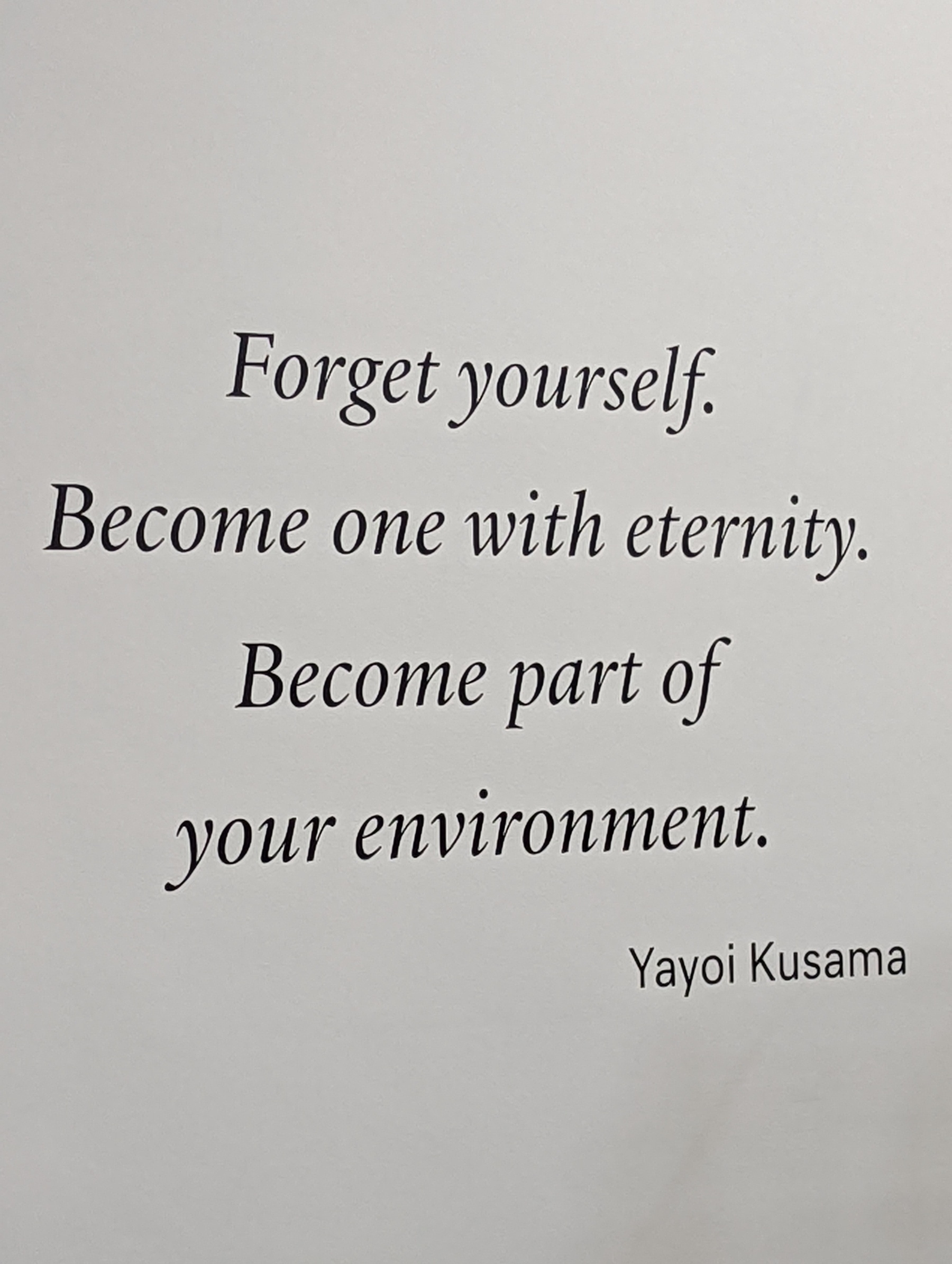
📷 Day 7 | panorama #mbsept
Can’t believe it’s been a week already. Good memories of this beach in Wales.
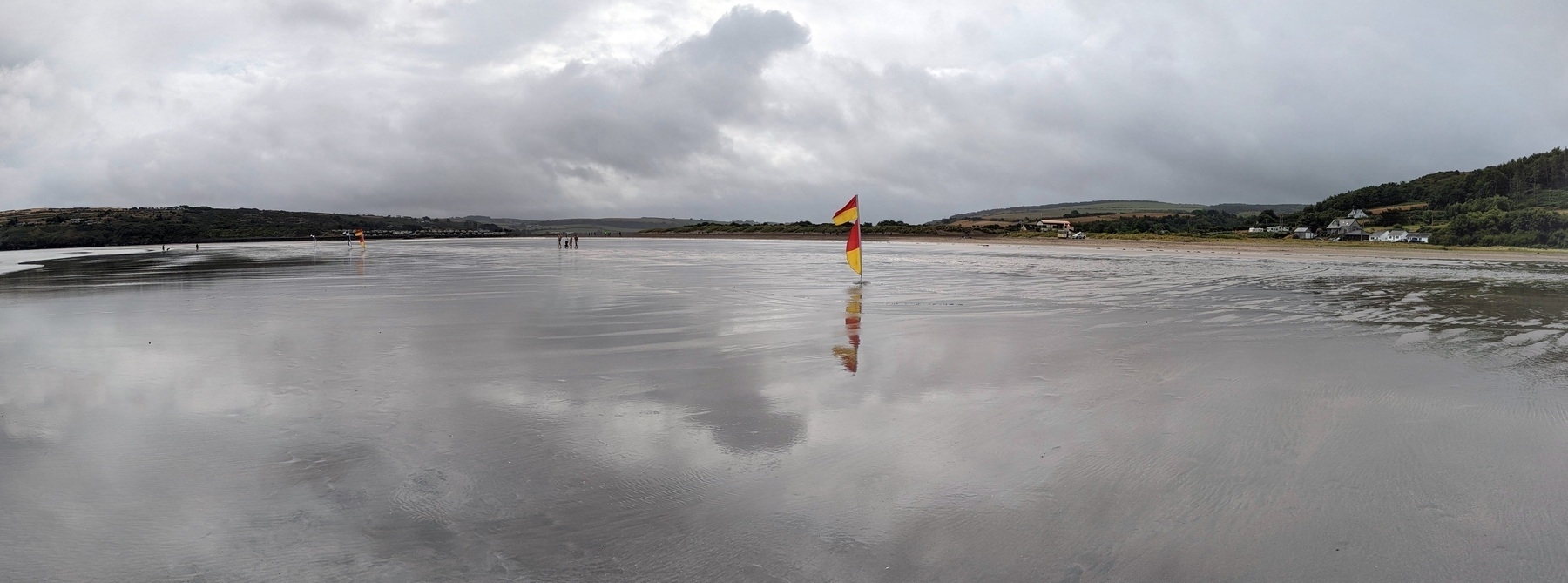
If you live your life in chunks, what size should they be?
Life tends to be lived in chunks. Hours, days, weeks, months, seasons, years - these are familiar if slightly artificial concepts. But what’s the best-sized chunk of life to focus on? Some would advise living in the moment, by which they don’t really mean the 86,400 seconds that are available in a single day. They effectively mean no chunks at all (or infinite chunks, perhaps).
Reading an article on why you should divide your life into semesters reminded me that I’ve already come across this idea in the shape of the book The Twelve Week Year. I actually bought The Twelve Week Year for Writers, which I’ve skimmed but haven’t read properly yet. I’d like to have a structure to my year that’s more than just “get through it”. But I’m daunted by the thought of needing something concrete to show for my time spent on earth. What did you achieve in your chosen chunk of life? This question won’t be answered by heartbeats or breaths, by sunsets or swims. It would be OK maybe if it could be answered with dollars, but that’s not really acceptable either. It’s too soulless. The question, what did you achieve? needs actual achievements. It needs productivity of the sort I’m not very available for.
@visakanv says “the meandering mind is a feature not a bug”. Why can’t I accept this? Perhaps because I keep putting myself in situations where the meandering mind is a bug not a feature?
I can just about manage to write a short note like this. And then another one… and so on. Austin Kleon calls this “Sisyphus mowing the lawn”. And indeed, I’m happy writing my short notes. If I can’t manage to organise my life into semesters, perhaps I can organise it into atomic notes - the shortest possible viable writing session.
I saw on the zettelkasten.de forum that some members log their note-making productivity on a 10-day rolling tally. One person has written 16 notes in ten days, another has written 33.
They are inspired, as am I, by Sonke Ahrens' exhortation to work as is nothing counts other than writing (well, some of them are).
"If writing is the medium of research and studying nothing else than research, then there is no reason not to work as if nothing else counts than writing.
Focusing on writing as if nothing else counts does not necessarily mean you should do everything else less well, but it certainly makes you do everything else differently.
Even if you decide never to write a single line of a manuscript, you will improve your reading, thinking and other intellectual skills just by doing everything as if nothing counts other than writing."
I’d like to know what kinds of time you find yourself dividing your life into. Do you mainly live in days, or mainly in hours, or perhaps weeks? Do you instead devote yourself to living in the moment? If so, which moment?
#reading
Yes, Esperanto is idealistic - not that there's anything wrong with that
The child who learns Esperanto learns about a world without borders, where every country is home.
Yes, Esperanto is idealistic…
The Prague Manifesto of the 1996 World Esperanto Congress promoted seven objectives, goals or principles of the Esperanto movement.
It positioned Esperanto as a movement for:
…and what’s wrong with idealism?
Even without knowing any Esperanto, I applaud these aims. They’re idealistic and so am I. But if the aim is human emancipation, is it possible that the language itself is just a MacGuffin? Not that there’s anything wrong with that, as they’d say on Seinfeld.
On the other hand, perhaps it is still possible to imagine not only a different language, but a different kind of language - one that by its very existence helps promote the kind of values outlined by the Prague Manifesto.
If you’re an Esperanto speaker, or if you speak another ‘international auxillary language’, I’d like to know what you think.
Finished reading: Milkman by Anna Burns 📚
Different from what I expected - very funny. It’s one of those novels that takes the whole book to reveal the how and why of the events of the first page. If you liked the TV series Derry Girls this will appeal, though it’s hardly escapism.
#reading
📷Day 6 | Well #mbsept 🏡
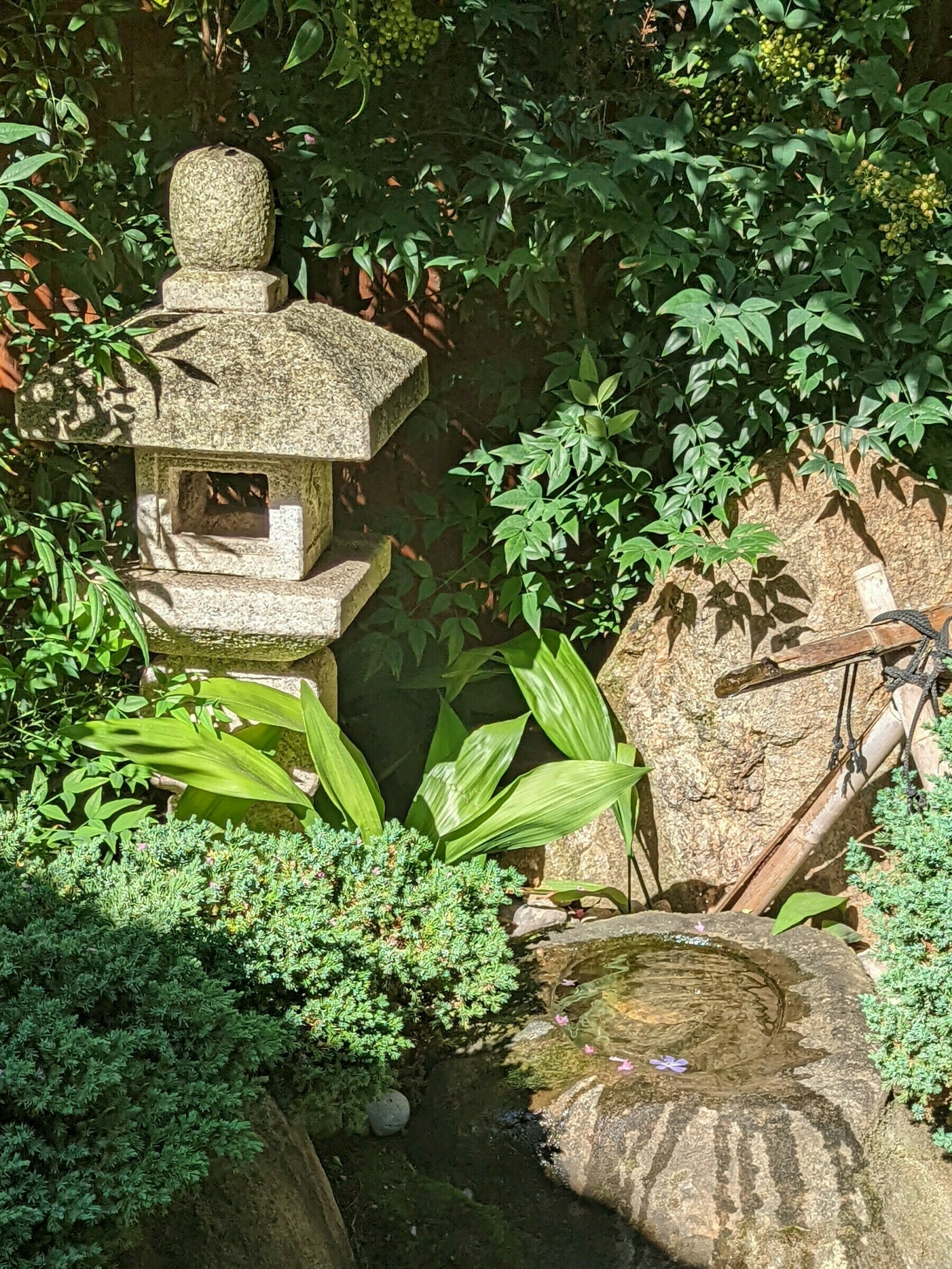
📷 🏡A couple of weeks ago we visited CERES urban farm, with its community garden, cafe, bike workshop, nursery, bookstore, playground, market, chooks and, yes, a food forest. Worth a visit if you’re ever in Melbourne.
#gardening #permaculture
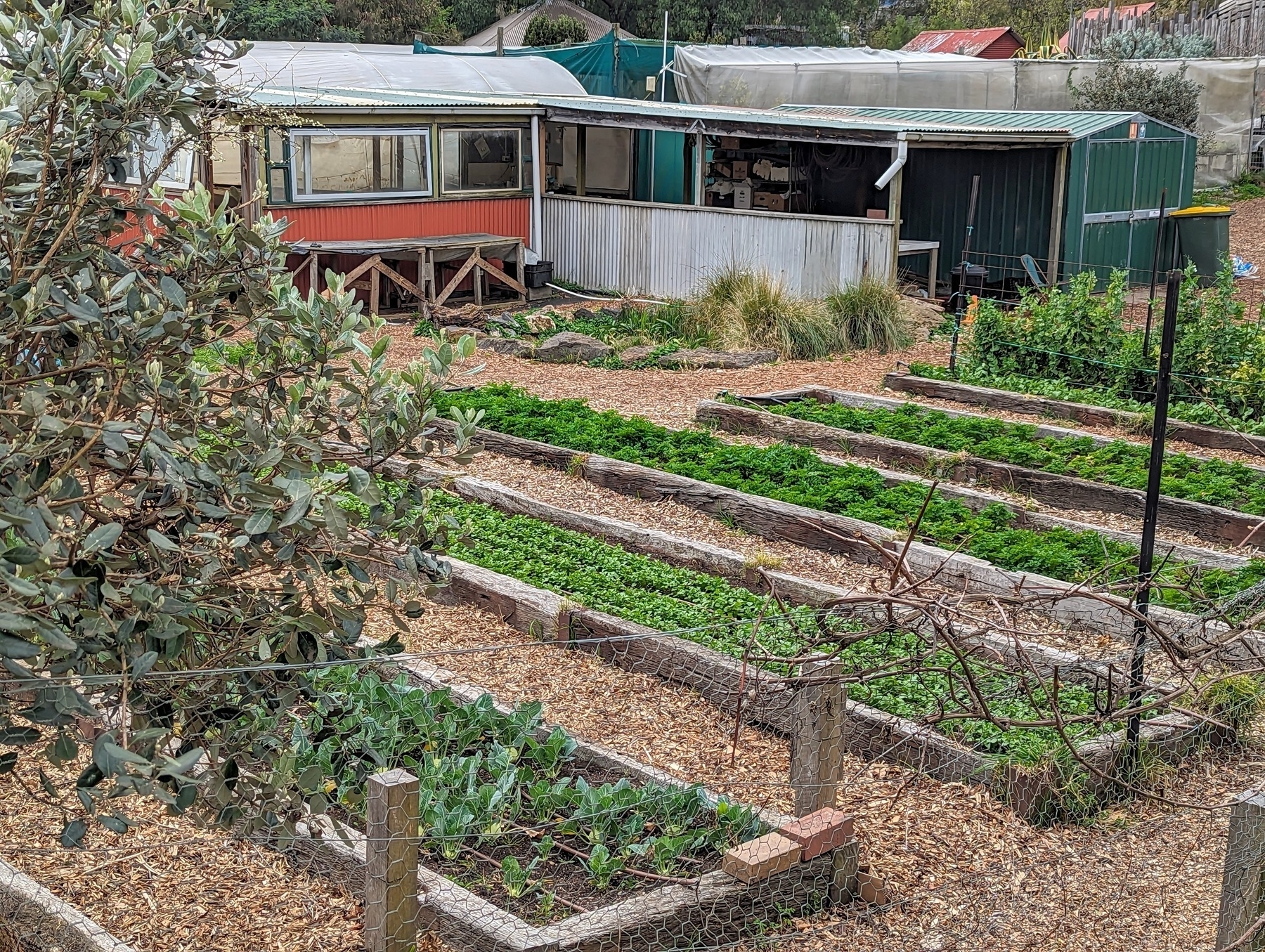
📸 Day 3 | Precious
Three days into the Micro.blog photo challenge already! Time spent simply relaxing in the back garden is precious.
#mbsept

How many books are you reading?
On Mastodon, Evan Prodromou asked “How many books are you reading?” and I was slightly shocked by the results.
Only 5% of 569 people said they were reading six or more books. I thought I was quite normal, but it turns out I’m not. Currently I’m officially reading seven books, but that doesn’t include the four books I’ve finished recently that never made it onto the ‘currently reading’ list. Somehow, having a list of books I’m reading makes me want to read different books. I get through about 35-40 a year, which isn’t a terribly low number, so even though I get stuck on some books, seeming to take months to finish them, I still manage to read quite a few.
Perhaps I’m just starting into my to-be-read pile too early. Maybe I could resist this.
Actually I don’t think I’m at all normal, but everything I do feels normal. And who am I kidding? I can’t resist starting new books. Can you?
Finished reading: Show Your Work! by Austin Kleon. 📚
Loving Austin Kleon’s blog, I ordered his trilogy from my local bookstore. Also finished Keep Going. Now just have Steal Like an Artist to read. Yes, I’m reading them in the wrong order LOL.
#reading
📸 Day 1 | Abstract The Micro.blog photo challenge begins! Most of the paintings in our house are abstract. This is part of a tryptych by Sara Cunningham-Bell.
#mbsept
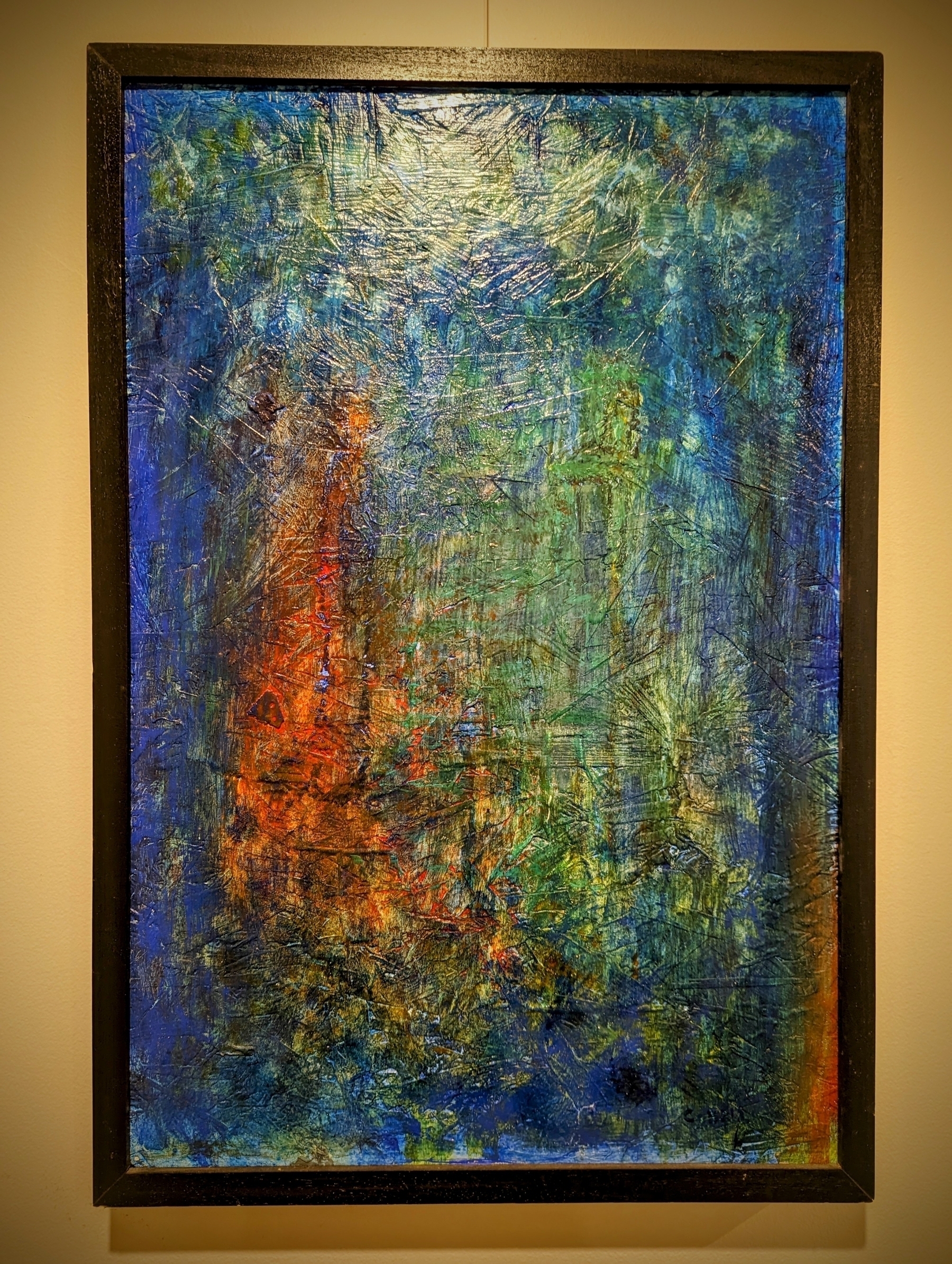
Feels like Summer here in Sydney, even though it’s the penultimate day of Winter. 26C by lunchtime, followed by an afternoon thunderstorm.

The early morning cloud was lifting over Spectacle Island 📷

How to connect your notes to make them more effective
A linked note is a happy note
A great strength of the Zettelkasten approach to writing is that it promotes atomic notes, densely linked. The links are almost as valuable as the notes themselves, and sometimes more valuable.
But once you’ve had an idea and written it down, what is it supposed to link to? Is there a rule or a convention, or do you just wing it?

How are you supposed to make connections between your notes when you can’t think of any?
When I started creating my system of notes I didn’t know how to make these links between my atomic ideas, and this relational way of working didn’t come naturally to me. I would just sit there and think, “what does this remind me of?” Sometimes I’d come up with a new link, but more often than not, I didn’t. The problem is, the Zettelkasten pretty much relies on links between notes. An un-linked note is a kind of orphan. It risks getting lost in the pile. You wrote it, but how will you ever find it again? And if you do somehow stumble upon it again, it won’t really lead anywhere, because you haven’t related it to anything else.
Fortunately, there are some helpful ways of coming up with linking ideas that can really aid creative thinking and unlock the power of connected note-making.
Make a path through your notes with the idea compass
Niklas Luhmann, the sociologist who famously (to nerds) kept a Zettelkasten, didn’t exactly say this, but each atomic note already implies its own series of relations. Each note can be extended by means of the idea compass - a wonderful idea of Fei-Ling Tseng, as follows:
Notice how the first two questions promote a tree-like hierarchical structure, with everything nested in everything else, while the second two questions promote a fungus-like anti-hierarchical structure, with links that form a rhizome or lattice. Alone, the former structure is too rigid and the latter is too fluid. But put them together and they can be very powerful. The genius of the Zettelkasten system is that it absorbs hierarchical knowledge networks into its overall rhizomatic structure, without dissolving them, and allows new structures to form (Nick Milo helpfully calls these ‘maps of content’).
Find the larger pattern
Each atomic idea might be thought of as part of a larger pattern. In a sense, every note title is just an item in a list that forms a structure note at a level above it. Say I write a note on ‘functional differentiation’. I realise that this is just one component of a structure note that also includes ‘social systems’, ‘communication’, ‘autopoeisis’ and so on. I write this list, call it ‘Niklas Luhmann - key ideas’, and link it to my existing note. Now I have some ideas for some more notes to write. But will I write them all? No - I’ll only pursue the thoughts that actually interest me, or seem essential. The rest can wait for another day. Actually, I’m suddenly intrigued by what you could possibly have instead of functional differentiation (i.e. what is this note different from?), so I write a new note called ‘pre-modern forms of social structure’ - and link it back to my ‘functional differentiation’ note.
Look for the basic components
Going even further, the atoms, which seemed to be the smallest unit, turn out to be made of sub-atomic particles and so on, all the way down to who knows what (well, particle physicists might know, but I don’t). That means each atomic idea is really just the title of a structure note that hasn’t been written yet. So I take a new note and write: ‘Functional differentiation - the key points’. I imagine this new structure note to be like a top-ten list of important factors, each one ultimately with its own new note - but I’m not going to force myself to write about ten things that don’t matter, just what I find interesting.
When making links, trust and follow your own interest
It’s really important that you don’t try to answer all four questions with a new link. You’re not creating an encyclopedia. Instead, you should only make the connections that actually matter to you. The trace of your own inquisitiveness through the material is, in itself, important information. If it doesn’t matter to you, don’t write about it! Since the notes are atomic, and the possible links increase exponentially (?) the possibility space you are opening up is almost infinite and it can feel overwhelming. So just go with the flow. The key is to find your own curiosity and run with it. That way (as I’ve said before):
That’s what I’ve been doing this morning. At no point have I stopped to think “what shall I write next?” In this sense, the Zettelkasten is a kind of conversation partner. Niklas Luhmann said he only ever wrote about things that interested him. This seems unlikely until you try it for yourself.
And if you keep asking yourself these questions, you’ll find that over time the linking starts to come naturally. It will be increasingly obvious to you what relationships matter. The questions in the idea compass will become intuitive and fade into the background. Well, that’s my experience, but YMMV.
Apply a framework that intrigues you
Another way of making connections, besides the idea compass, is to apply a conceptual framework (or mental model) that interests you - and see where it leads. Here’s an example: Marshall McLuhan’s tetrad of media effects.
The idea here is that any new technology changes the whole landscape or ecology, by bringing some features into the foreground and pushing others into the background. It’s called a tetrad because there are four questions to ask of a new technology:
(This really clicked for me when I puzzled over why my kids don’t use smart phones for talking to people. It seemed crazy to me, but then I looked at question 3 and realised the new technology had retrieved asynchronous communication, which the telephone had previously made obsolete. But I digress.)
Anyway, I’m suggesting you might be able to take these four questions and ask them of the ideas in your notes. For each atomic note: what does this idea enhance, make obsolete, retrieve, or reverse?
Another simple but powerful example is Tobler’s law: “I invoke the first law of geography: everything is connected to everything else, but near things are more related than distant things”. What would it be like if you made everything about physical location?
It’s important to say these are just examples, and they may not work for you. Nevertheless, you may be able to think of frameworks from within your own line of work that allow you to ask a similar set of questions about your ideas. In my experience these frameworks are everywhere and yet are quite under-used.
This article is a lightly edited version of a Reddit comment.
You might also like to read about how a network of notes is a rhizome not a tree.
